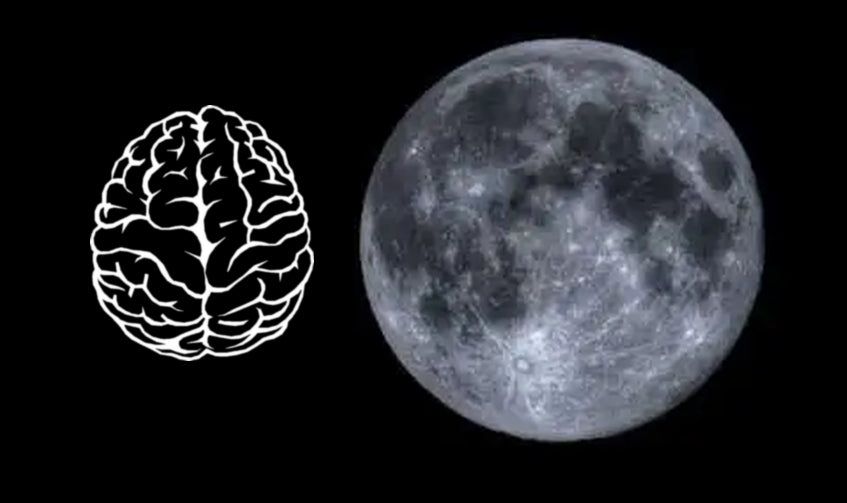
Test out your moon brain
Share
You can see it almost any night from just about anywhere on Earth. There it is: The Moon. But what do you know about the moon?
Time to test your Moon Brain! Ready? GO!
Q: True or False? The side of the moon that faces away from the earth is called the dark side because the light from the sun never shines on it.
A: False: It is fully lit during the new moon phase. It is better described as the hidden side, not the dark side.
Q True or False? There is only one side of the moon that is visible from earth.
A: True: The moon is gravitationally “locked in” to the earth and rotates only once per orbit. Because the moon rocks slightly, we actually see a total of 59%.
Q True or False? The temperature on the sunlit side of the moon is 266F and the temperature on the darkened side is -32F.
A: False: The temperature on the darkened side is -292F.
Q: True or False? If you weigh 150 lbs on earth, your moon weight would be 25 lbs.
A: True: Your moon weight would be 1/6th of your earth weight.
Q: The moon has mountains that rise over 28,000 feet.
A: True: Mons Huygens is the Moon’s tallest mountain. Its height is 18,046 ft - more than half the height of Mt. Everest!
Q: True or False? Moon rocks are made primarily of a limestone that has been modified under heat and pressure.
A: False: Unlike the earth, the moon lacks any sedimentary rocks. It also lacks granite. Basalt and Anorthosite make up the bulk of the moon’s surface.
Q: True or False? The moon has an atmosphere much less dense than the earth’s.
A: False: The moon has no atmosphere.
Q: True or False? The phases of the moon are caused by the earth’s shadow.
A: False: They are caused by our view of the sunlit portion of the moon.
Q True or False? The moon is gradually separating from the earth.
A: True: The earth’s rotation, acting with the tidal bulge, causes the moon to enlarge its orbit about 4cm per year. Fun fact: That is the speed your fingernails grow. According to author Don DeYoung, if we extrapolate backward in time, the moon would have been in the near vicinity of the earth only 1.4 billion years ago - a big problem for evolution.
Q: True or False? The moon is an asteroid.
A: False: The moon is considered a satellite as it orbits the Earth. An asteroid is a chunk of rock larger than a kilometer. Anything smaller is called a meteoroid. If one passes through our atmosphere, its flash is called a meteor. Any parts that actually reach the earth are called meteorites.
Q: True or False? The age of moon rocks is what secular scientists use to determine the age of the solar system.
A: True (and False!): The assigned age of 4.6 billion years for the solar system is based on radioisotope study of moon rocks and meteorites. However there are several problems with these dating methods.
Q: True or False? Most earth rocks tend to yield younger radioisotope ages than moon rocks.
A: True: Using the same evolutionary dating methods, most earth rocks give dates at least a billion years younger. This discrepancy is usually blamed on some type of alteration or reworking of the earth rocks.
Learn More at DiscoverCreation.org